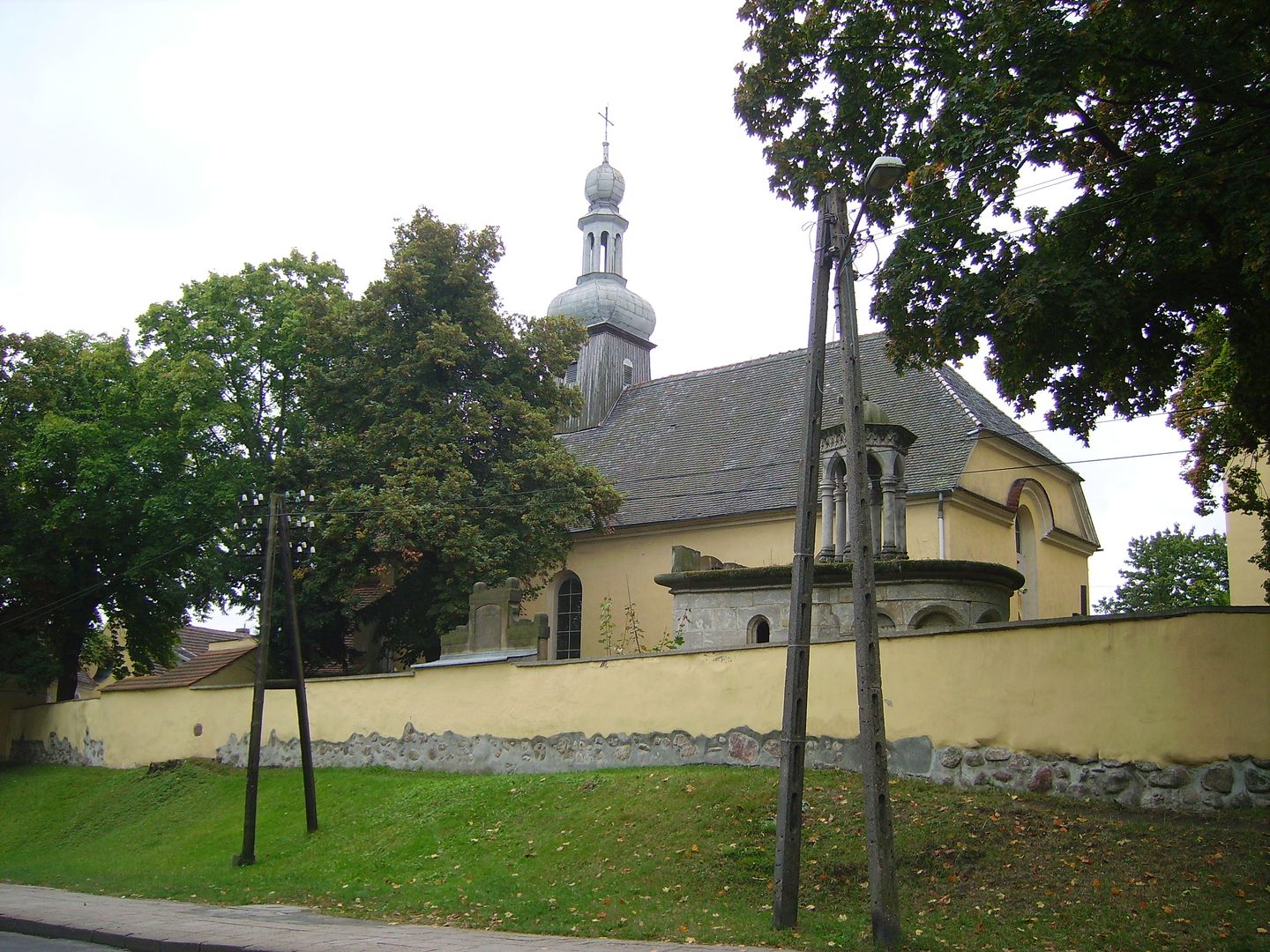Church of the Visitation of the Blessed Virgin Mary in Żagań
6.44

Overview
The Church of the Visitation of the Blessed Virgin Mary in Żagań, built in 1444, is a significant element of the local cultural and architectural heritage. Erected on the site of a wooden chapel that was built in 1404, the church is characterized by its Gothic style, although after numerous reconstructions, mainly during the Baroque period, it now features elements of both styles. The interior of the church is adorned with a Renaissance altar from 1600, and next to it stands an 18-meter-high bell tower with four bells, including the largest one, named John Paul II, cast in 1999. The church was largely rebuilt by Abbot Andrzej Wojciech Thiel after the destruction of the Thirty Years' War. In the past, the church also underwent intensive renovations, including a major modernization in 1988, which involved, among other things, the replacement of altars and the modernization of the organ.
The church grounds include a cemetery that has existed since the 16th century, bearing witness to local religious conflicts and the development of the cult built in the area. The cemetery features numerous chapels, including a replica of the Holy Sepulchre and the Chapel of the Anointing. The church is surrounded by impressive gates with Baroque statues, including one of St. Roch, underscoring its importance as a place of worship. Additionally, the history of this site is enriched by the fact that original Catholic burials took place elsewhere until the establishment of the cemetery at the church, which was related to religious divisions. An interesting fact is that the burial crypt, destroyed after the war, contains the foundations of pillars that once supported the former choir. The church and its surroundings, full of historical and religious connotations, form an essential part of Żagań's culture, and its renovations demonstrate the continuity of tradition and the preservation of local heritage.
Location
Tickets
Powered by GetYourGuide
2025 Wizytor | All Rights Reserved